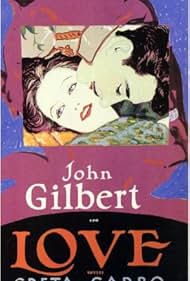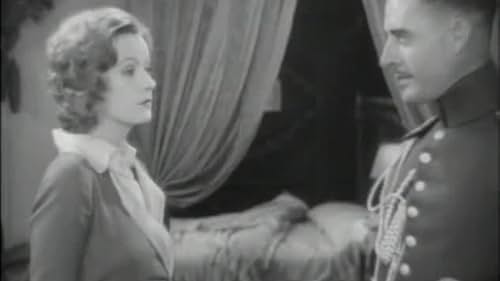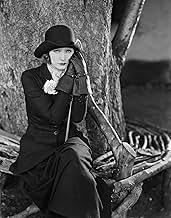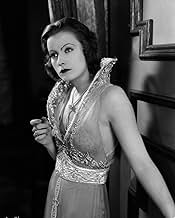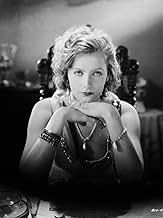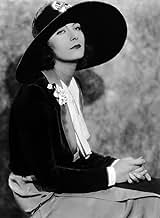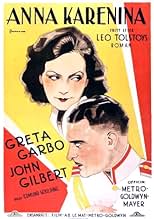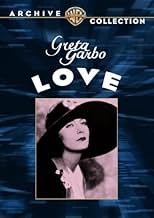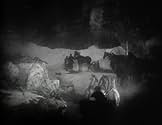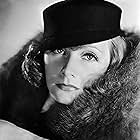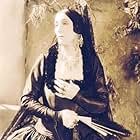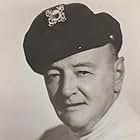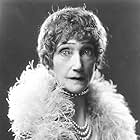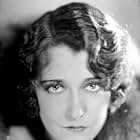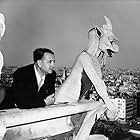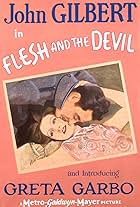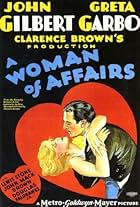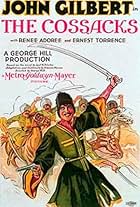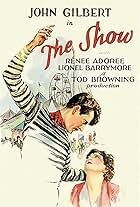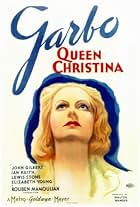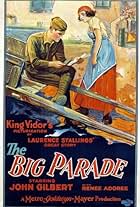IMDb RATING
6.8/10
1.2K
YOUR RATING
A married woman compromises her social standing and family life when she falls for a young officer.A married woman compromises her social standing and family life when she falls for a young officer.A married woman compromises her social standing and family life when she falls for a young officer.
- Awards
- 3 wins
Philippe De Lacy
- Serezha - Anna's Child
- (as Philippe de Lacy)
George Blagoi
- Cavalryman
- (uncredited)
Mathilde Comont
- Marfa - Hostess at Inn
- (uncredited)
Edward Connelly
- Priest
- (uncredited)
Oliver Cross
- Party Guest
- (uncredited)
Carrie Daumery
- Dowager
- (uncredited)
Nicholai Konovaloff
- Cavalryman
- (uncredited)
Margaret Lee
- Blonde Flirt
- (uncredited)
George Nardelli
- Ceremony Guest
- (uncredited)
Dorothy Sebastian
- Spectator Extra at Races
- (uncredited)
Jacques Tourneur
- Extra
- (uncredited)
Storyline
Did you know
- TriviaBased on the Lev Tolstoy novel "Anna Karenina", the original movie title was planned to be "Heat"; it was changed so that advertisements could read "Greta Garbo and John Gilbert in LOVE".
- GoofsAt the Easter party, the blond wig on the lady to whom Count Vronski is talking is not secured very well. Her black hair can be seen at the bottom of it.
This likely was intentional, as people who wear wigs often are only fooling themselves.
- Quotes
Opening Title Card: - IMPERIAL RUSSIA - The St. Petersburg road from Gatchina - a road often traveled by the gay young officers of the Czar...
- Alternate versionsIn 1994, the Turner Entertainment Company copyrighted a version in which both of the celebrated endings are shown.
- ConnectionsFeatured in Hollywood (1980)
Featured review
LOVE is the perfect title for this hacked-down adaptation of Tolstoy's mammoth novel ANNA KARENINA. It was made to cash in on the popularity of Greta Garbo and John Gilbert, fresh from their box office triumph in FLESH AND THE DEVIL earlier the same year. Like virtually all of Garbo's silent films, much of the screen time is devoted to watching the great tormented Swede abandon herself to love, suffer for love, contemplate love, lose love, die. It is interesting to compare this version of the novel with the one made eight years later in which Garbo played opposite Fredric March who, while less dashing and handsome than Gilbert, did give a fine performance as the impetuous and essentially cruel Count Vronsky. In the latter film Garbo is less attractive due to the clash between the curly coiffure she is given and the strong planes and features of her face. She even looks like a male in drag in some scenes. But in LOVE she is beautiful and feminine throughout. The clinging 1920's-style dresses help, even if they detract from the authenticity of a story that is supposed to be set in 1870's Russia. Gilbert was one of the best actors of his era and the talent shows here. He is also a magnetic screen presence and one can understand why audiences in 1927 flocked to see these two together.
The scenes of mother-son tenderness between Garbo and Philippe deLacy do indeed seem incestuous as others have pointed out, but so do the scenes between Garbo and Freddie Bartholomew in the 1935 version. I think it was just Garbo's way of expressing love on screen; you see her perform the same kind of nuzzling in other movies, whether the attentions are being given to a man, a woman or a child. I disliked both endings, but at least Garbo was ravishing in the happy one. And remember, Garbo was just shy of 22 when she filmed this, yet she is believable as an older woman. She had a face that could express any age.
This movie cries out for a re-scoring. The print shown on TCM is marred by what sounds like muffled applause from time to time.
The scenes of mother-son tenderness between Garbo and Philippe deLacy do indeed seem incestuous as others have pointed out, but so do the scenes between Garbo and Freddie Bartholomew in the 1935 version. I think it was just Garbo's way of expressing love on screen; you see her perform the same kind of nuzzling in other movies, whether the attentions are being given to a man, a woman or a child. I disliked both endings, but at least Garbo was ravishing in the happy one. And remember, Garbo was just shy of 22 when she filmed this, yet she is believable as an older woman. She had a face that could express any age.
This movie cries out for a re-scoring. The print shown on TCM is marred by what sounds like muffled applause from time to time.
- How long is Love?Powered by Alexa
Details
- Release date
- Country of origin
- Language
- Also known as
- Anna Karenina
- Filming locations
- Production company
- See more company credits at IMDbPro
Box office
- Budget
- $488,000 (estimated)
- Runtime1 hour 22 minutes
- Sound mix
- Aspect ratio
- 1.33 : 1
Contribute to this page
Suggest an edit or add missing content

